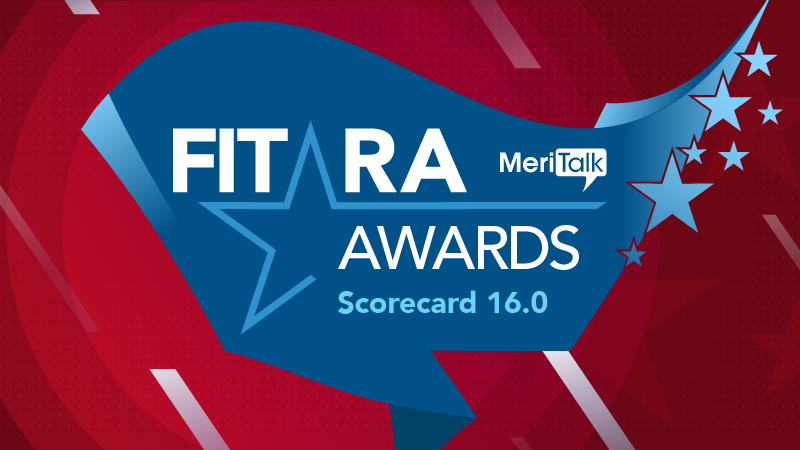
Three Federal agencies – the Labor Department, the Education Department, and the U.S. Agency for International Development (USAID) – each won “Best Overall” recognition in the MeriTalk FITARA Awards for their superior performance on the 16th edition of the FITARA Scorecard released on Sept. 26 by the office of Rep. Gerry Connolly, D-Va., ranking member of the House Oversight Subcommittee on Cybersecurity, Information Technology, and Government Innovation.
Best Overall
Each of those three agencies aced the test for FITARA Scorecard 16.0, earning overall ‘A’ grades across several IT-focused categories with scores compiled by the Government Accountability Office (GAO).
The latest scorecard featured seven grading categories for which scores were assigned – 1) agency CIO authority enhancements; 2) transparency and risk management; 3) portfolio review savings; 4) data center consolidation; 5) modernizing government technology; 6) cyber; and 7) progress in transitioning to the General Services Administration’s Enterprise Infrastructure Solutions (EIS) contract for communications services.
The FITARA Scorecard grades have been published on a semi-annual basis – usually by the House Oversight and Accountability Committee – since 2015. The scorecard grades the 24 largest Federal agencies across an evolving range of IT-related categories.
Most Improved
On the latest scorecard, eight agencies saw their overall grades improve by one full grading letter, while the other 16 agencies hung steady with their grades from the 15th edition of the scorecard released in December of last year. No agency earned a lower grade, and none received worse than a ‘C’ grade overall.
Under the “Most Improved” category of the FITARA Awards, eight agencies earned higher grades on the latest scorecard.
Those include the Labor Department and the Education Department, which both raised their grades to ‘A’ from ‘B’ on the previous scorecard.
Joining those agencies on the improvement list are:
Department of Agriculture, which earned a ‘B’ grade, up from a ‘C’;
Department of Energy, which raised its grade to a ‘B’ from a ‘C’;
Department of Homeland Security, which rose to a ‘B’ from a ‘C’;
Department of the Interior, which earned a ‘B’ grade, versus a ‘C’;
Office of Personnel Management, which boosted its grade to ‘B’ from ‘C’; and
Social Security Administration, which also popped its grade to ‘B’ from ‘C.’
How They Raised Scores
With seven active grading categories on FITARA Scorecard 16.0, there were many paths available to agencies to improve their scores.
Several of the agencies receiving higher overall grades notched improvements in their scores for transitioning more fully to the GSA EIS communications service contract, and away from the previous Networx contract. Others earned higher overall grades through improvements in data center consolidation, cyber, and modernizing government technology scoring categories.
The 16th edition of the scorecard also previews two future grading categories – one for cloud and one for CIO reporting structure, budget, and acquisitions – that did not contribute to overall agencies grades this time around but provide a window into GAO’s thinking for future scoring categories.
That means that next time around, there’s a good chance gradings from those two new categories will count toward agencies’ overall grades. The 17th edition of the FITARA Scorecard is expected to be released before the end of this year.
